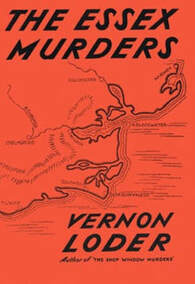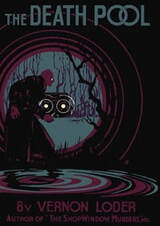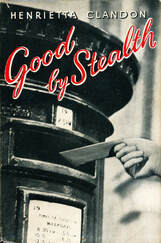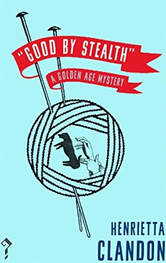
John George Hazlette Vahey's mysteries and thrillers, published under the name Vernon Loder, were a staple of the Collins Crime Club imprint until the author's death in 1938. (Vahey also wrote using the pseudonym Henrietta Clandon, and some of those titles are available again, reprinted by Dean Street Press.) The Essex Murders has a lot to recommend, even as it falls short of the top tier of mystery fiction from the genre's Golden Age. The premise here is intriguing, and the author pushes his plot along at an engaging if unremarkable pace.
The point-of-view is comfortably limited to the couple's experiences, and this is an effective choice that makes Inspector Brews, when he arrives, a jovial sort-of cypher. Ned and Nancy are left to speculate what Brews may be thinking and how the information they have just uncovered might fit into a larger theory; all of this is great fun and, left partially to the reader to fill in the sketch, the inspector paradoxically becomes a more memorable character than if we had been invited in to share his perspective.

This is an enjoyable, breezy mystery with an upbeat charm that seems tailor-made for contemporary GAD fiction readers. Published in the U.S. as The Death Pool (New York: William Morrow, 1931), J.F. Norris has also reviewed The Essex Murders on his site Pretty Sinister Books.


 RSS Feed
RSS Feed